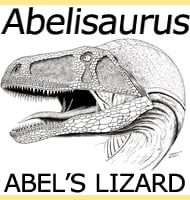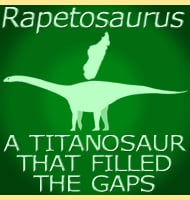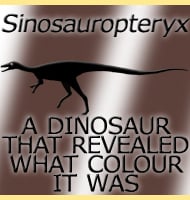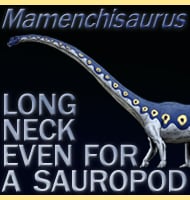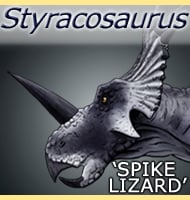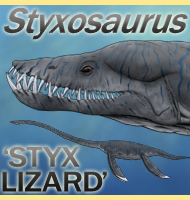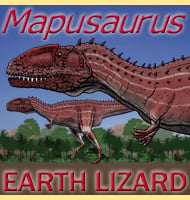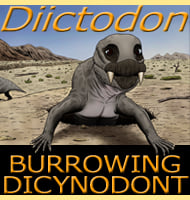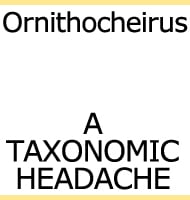In Depth
Paranthodon remains were first described when they were incorrectly included with the remains of a parieasaur named Anthodon. The inclusion of these remains also gave the incorrect identification for Anthodon as a dinosaur instead of a parieasaur until 1912 when Robert Broom separated an upper jaw from the genus. While Broom correctly identified the jaw as that of a dinosaur and not a parieasaur, he placed it within an existing ‘wastebasket’ genus of Palaeoscincus, as P. africanus. In 1929 Franz Nopcsa studied the specimen, and unaware that Robert Broom has already classified it as that of a dinosaur, created a new genus and type species, Paranthodon owenii. In 1978, another palaeontologist named Walter Coombs altered owenii to oweni which is the correct grammar, and since this time this has been the standard named type species reference for this genus. It should be pointed out at this point that Paleoscincus is widely considered to be a dubious dinosaur genus because it was first named by a description of only the teeth.
Although Franz Nopsca made the correct identification of Paranthodon as a stegosaur, many others instead interpreted the partial remains of this genus as those of an ankylosaur, another armoured but quite different type of dinosaur. It would not be until 1981 when another palaeontologists named Peter Galton actually demonstrated that Paranthodon was indeed a stegosaur and not an ankylosaur.
As you may expect, Paranthodon would have been a quadrupedal low browsing dinosaur, that had plates and possibly spines running along its back. However since these have so far not been discovered, it is impossible to be certain to their arrangement. A 2008 report by Maidment et al places Paranthodon as closely related to Loricatosaurus, Tuojiangosaurus and Stegosaurus.
Further Reading
- Observations on some specimens of South African fossil reptiles preserved in the British Museum, Robert Broom - 1912. - Dinosaurierreste aus Siebenburgen V. Geologica Hungarica. Series Palaeontologica, Franz Nopcsa - 1929. - The Families of the Ornithischian Dinosaur Order Ankylosauria, W. P. Coombs Jr - 1978. - Systematics and phylogeny of Stegosauria (Dinosauria: Ornithischia), Susannah C. R. Maidment, David B. Norman, Paul M. Barret & Paul Upchurch - 2008.

